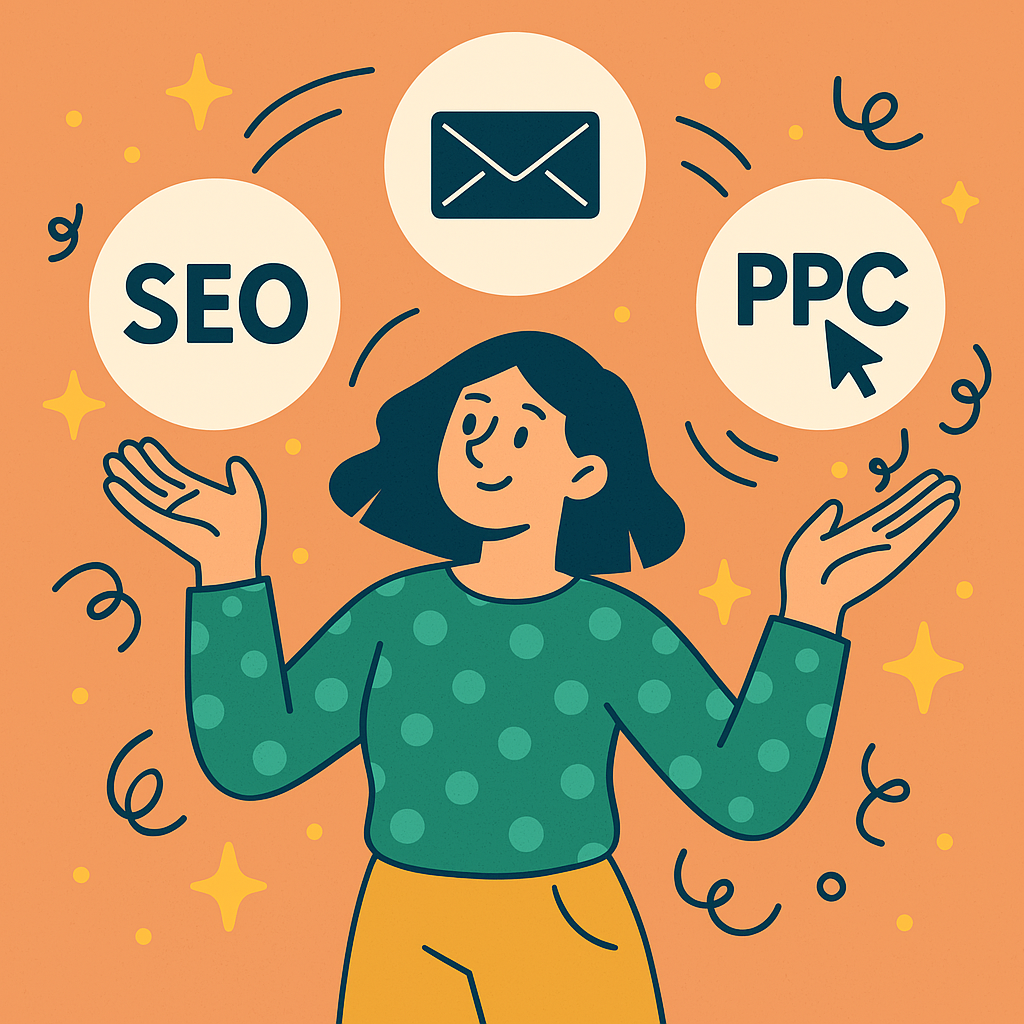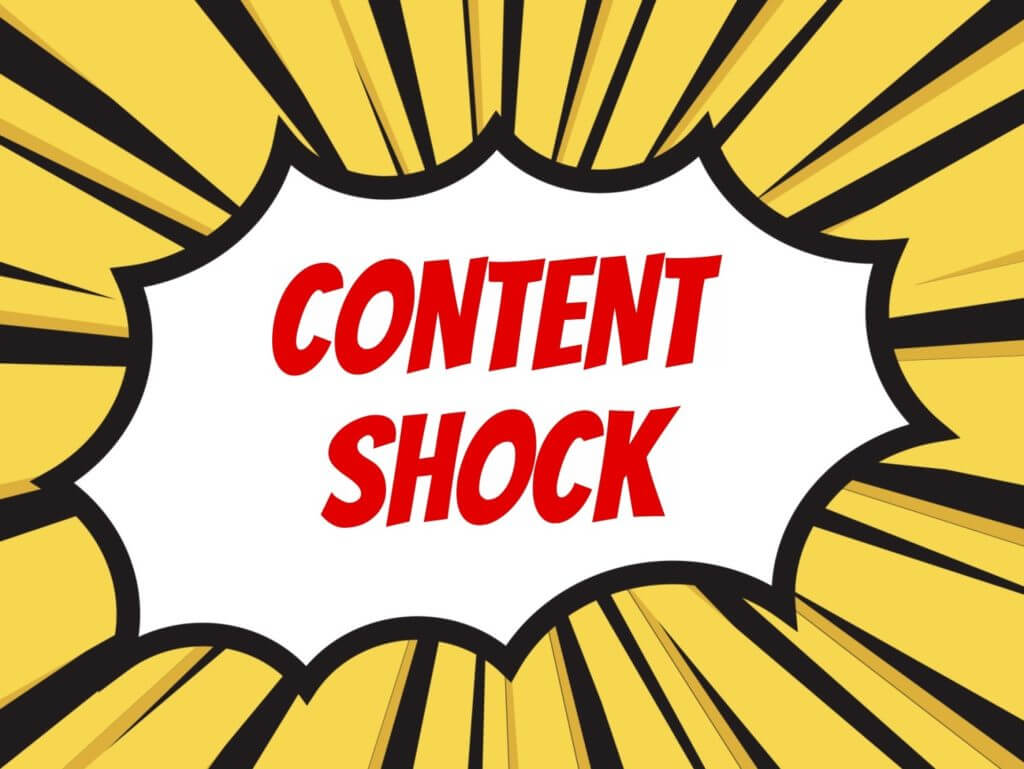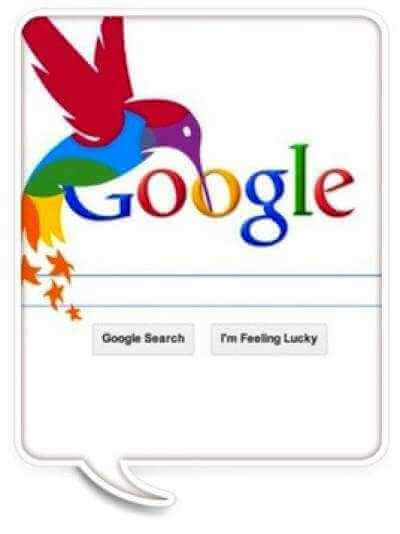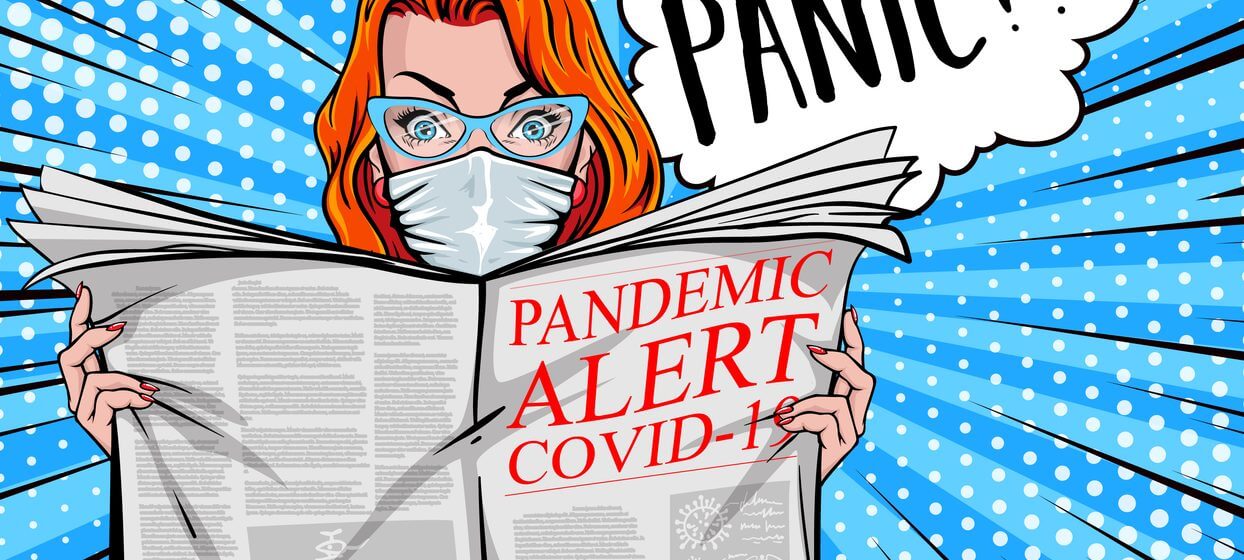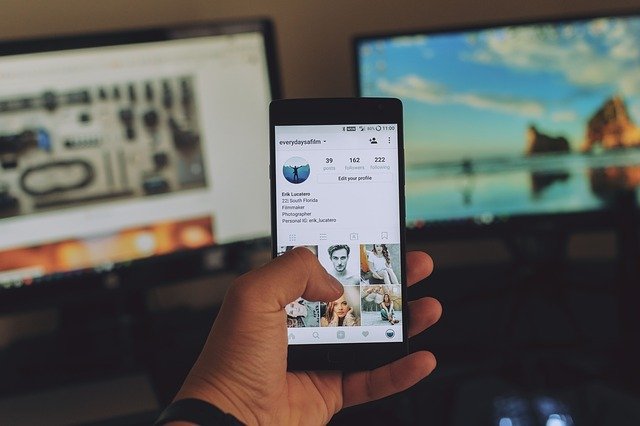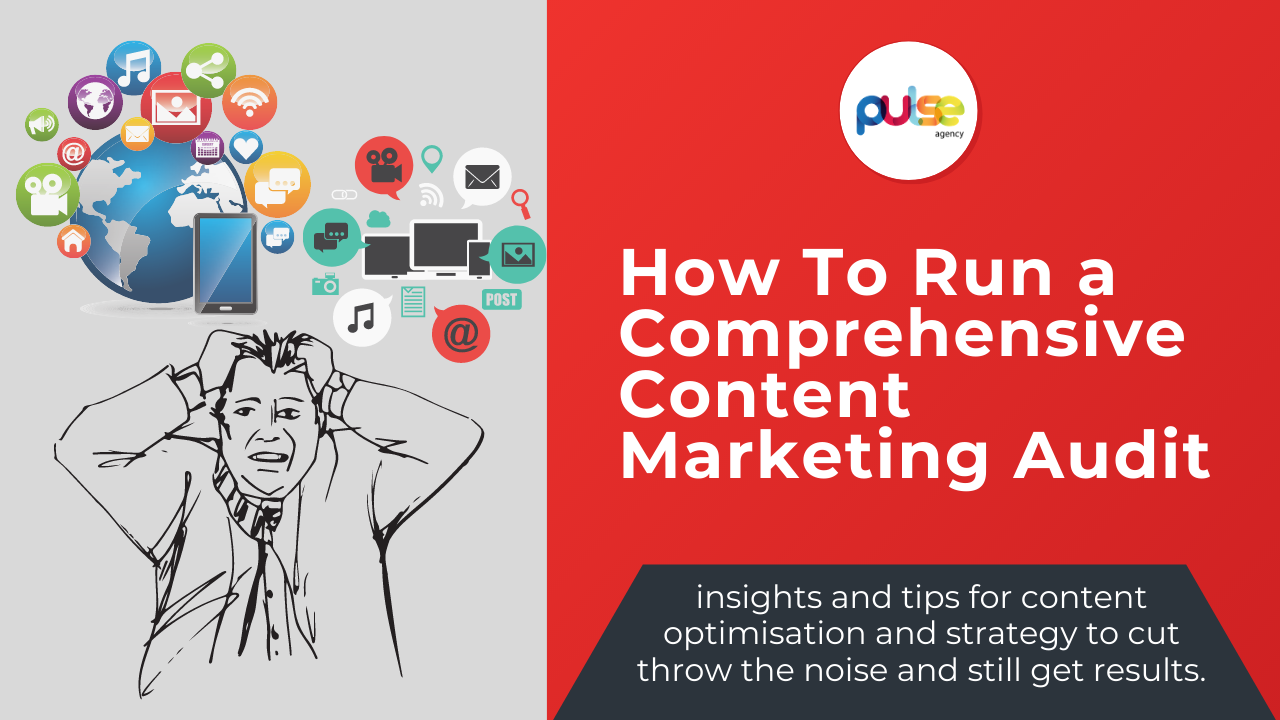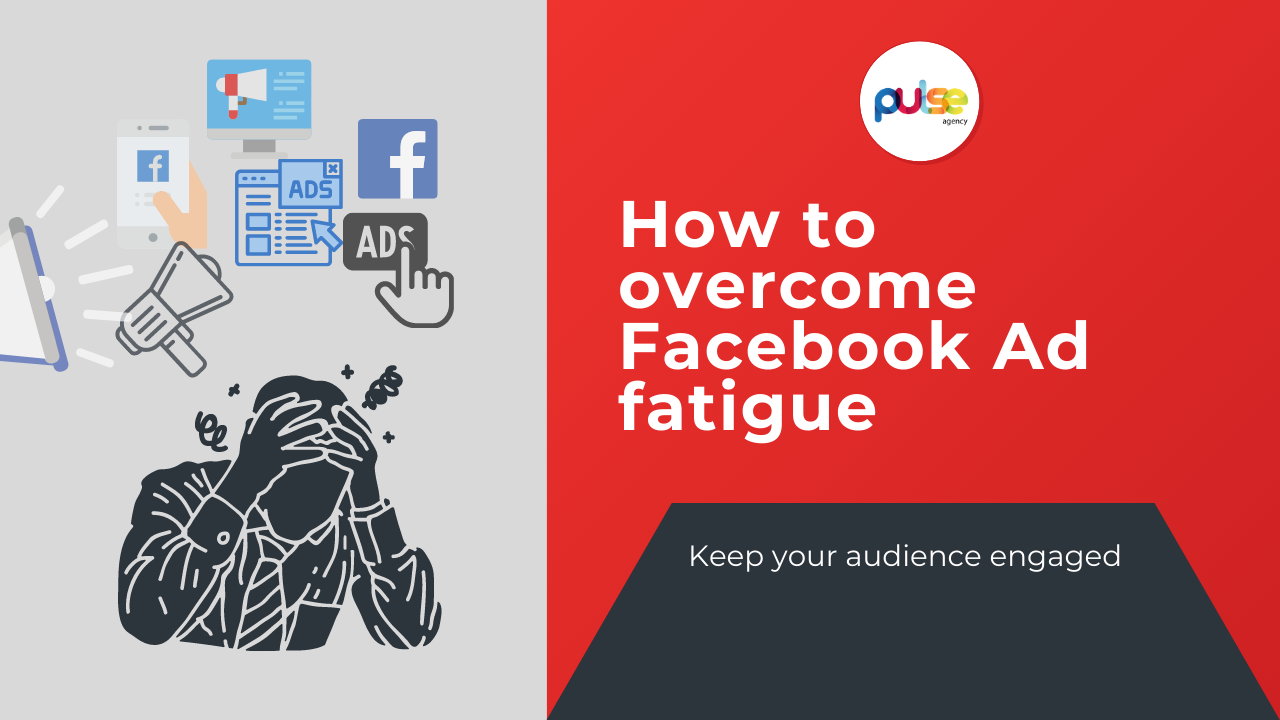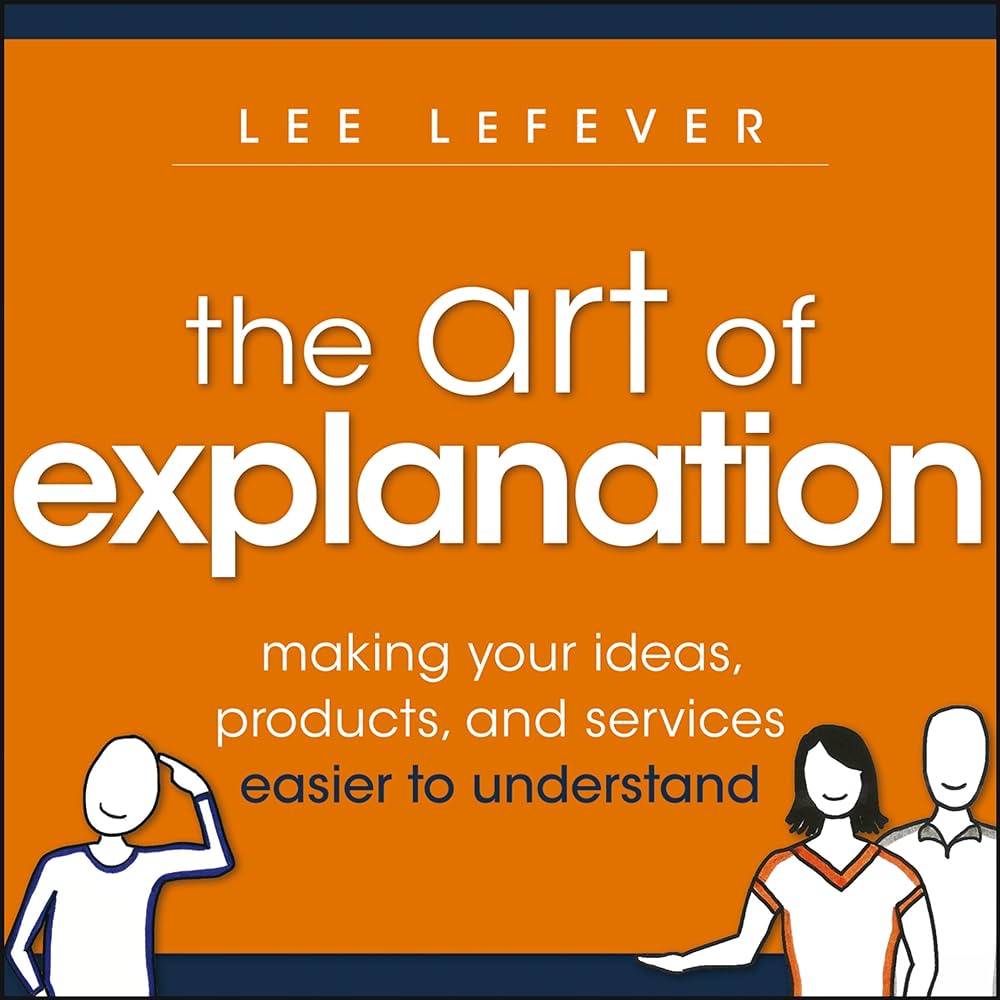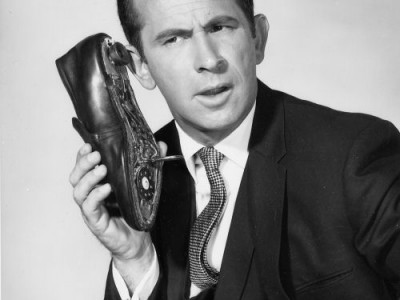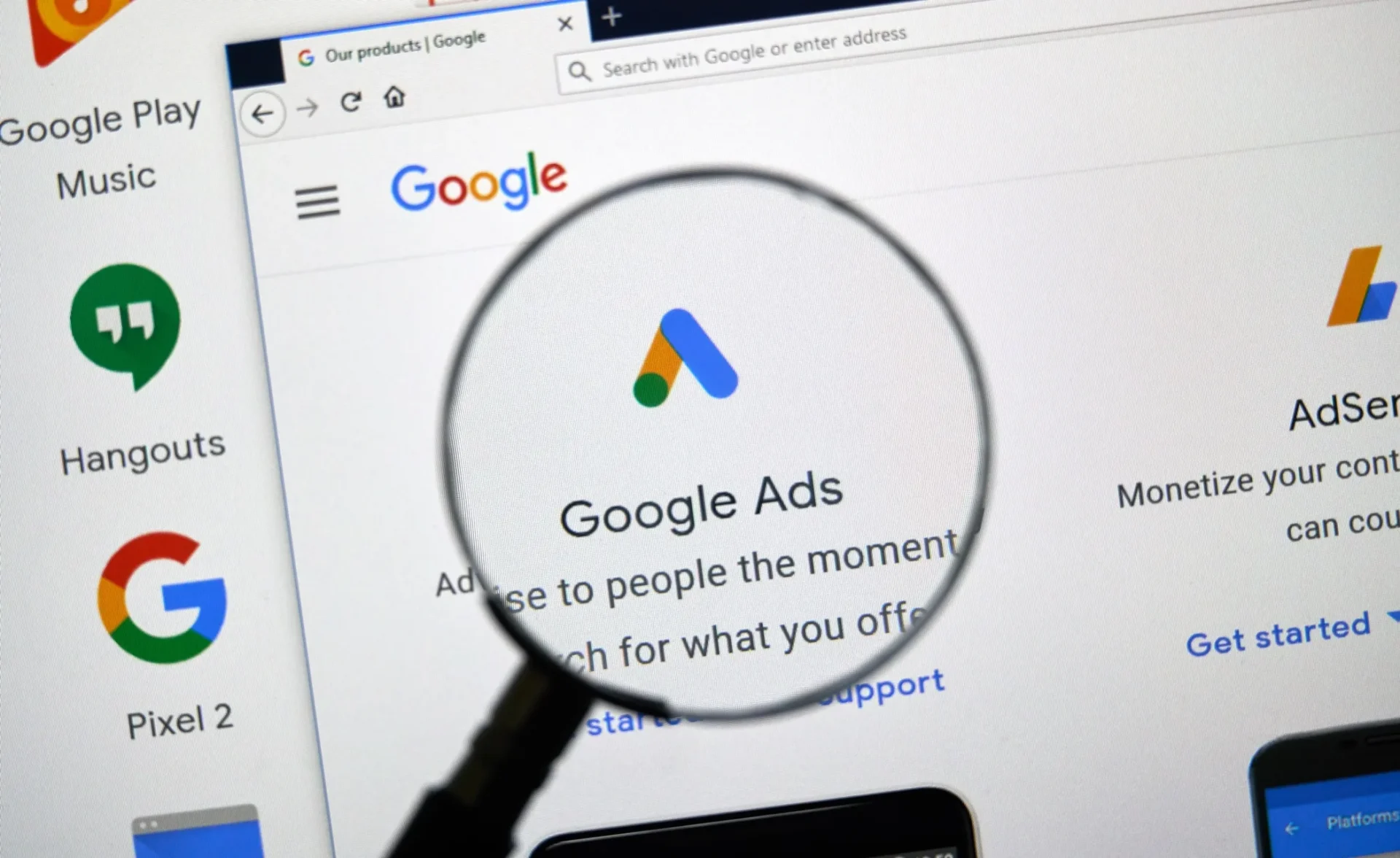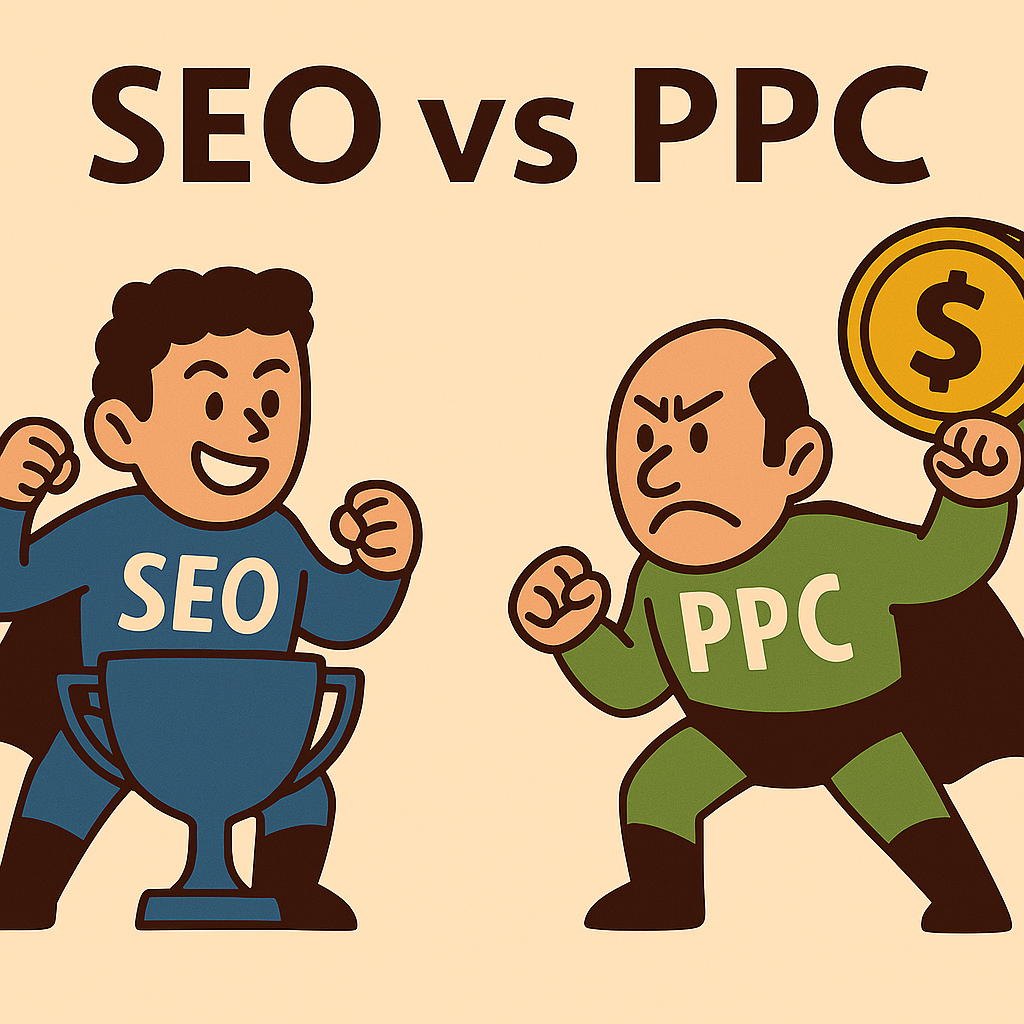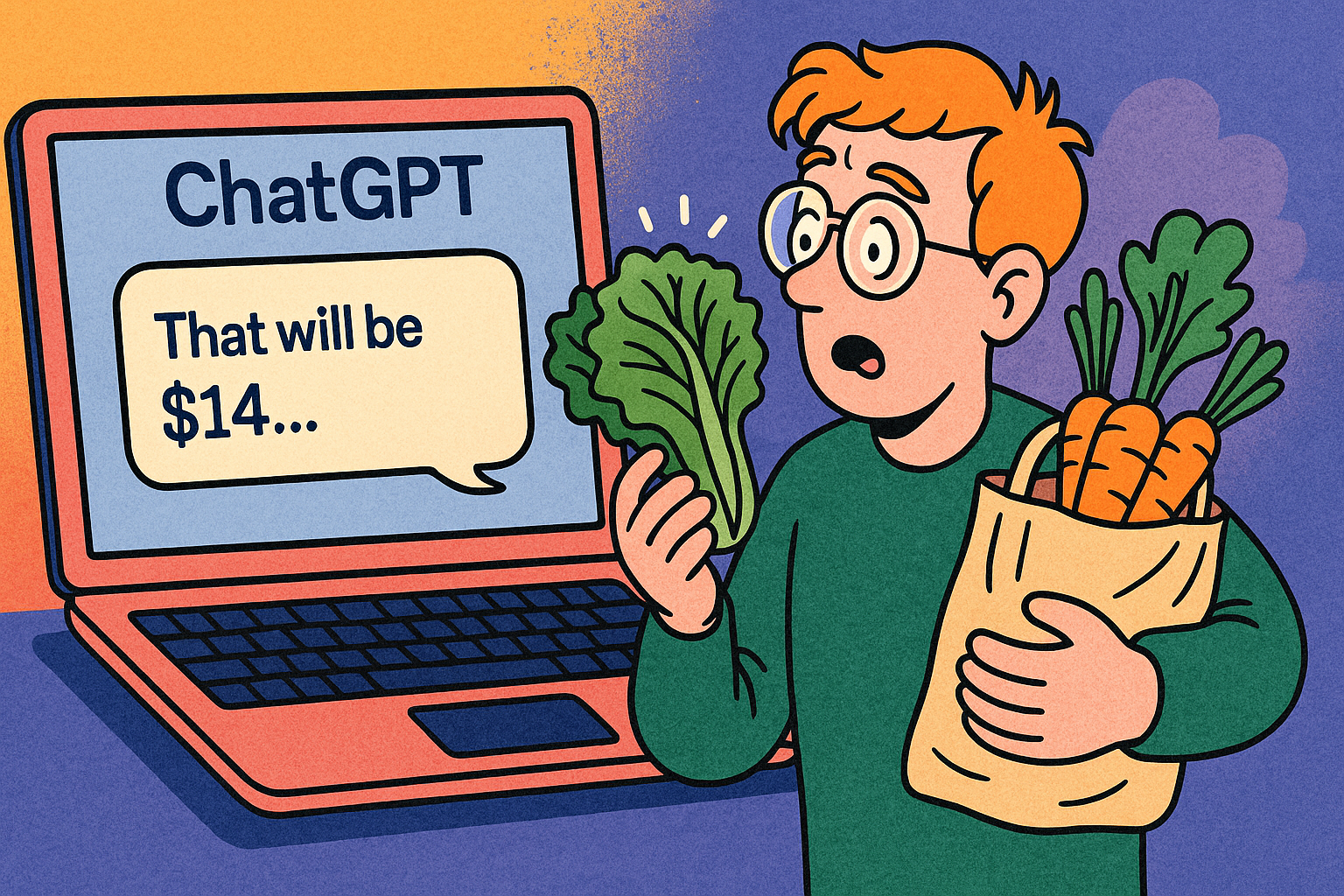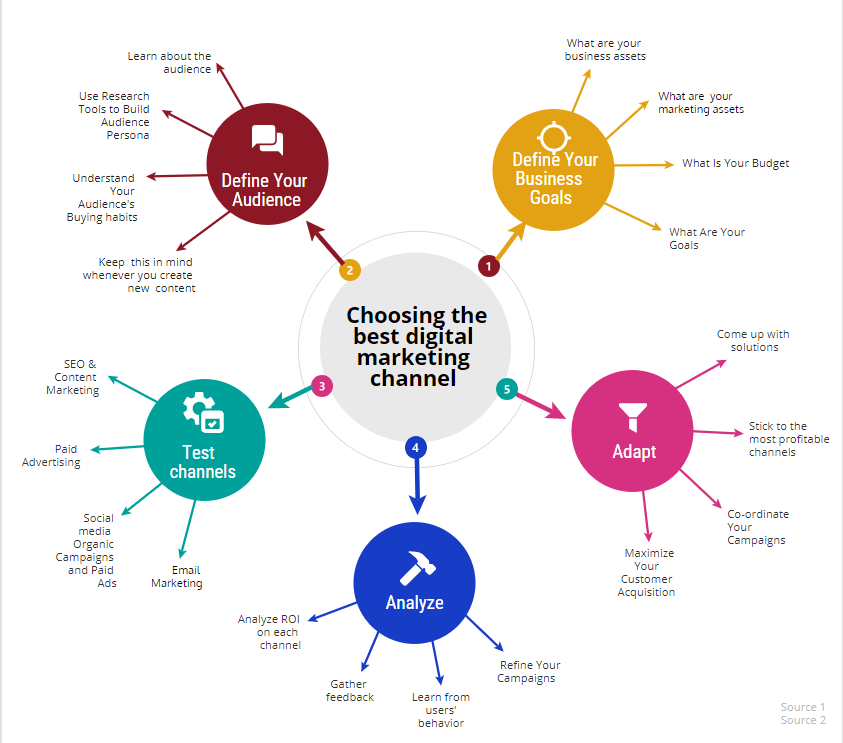
A complete guide to selecting the right marketing channel for your business
Content Marketing Digital Marketing Digital Marketing Channels Facebook PPC SEO
Making the right choice when it comes to digital marketing strategies can be crucial for your company, especially when you are a small business with a limited budget. As SEO and content marketing are tightly connected, you may also need to hire professional copywriters to continuously create fresh content that can help your website rank for a wider variety of keywords.
Table of Contents
A complete guide to selecting the right marketing channel for your business
If you’ve ever wondered whether SEO is worth the wait or if social media ads are overrated, you’re not alone. Picking the right marketing channels can feel like throwing spaghetti at the wall—except you’re betting your time, money, and brand on what sticks. The truth is, there’s no universal formula. But there is a smarter way to decide. Let’s walk through it.
Start with your brand—not your channels
It’s tempting to dive straight into SEO or ads. But without a clear understanding of your brand, messaging, and audience, you’re just pushing noise.
Channels are just that—channels. They’re not strategies. They’re not magic levers. They’re the pipes that carry your message.
Before you even think about where to invest, ask:
- Who are we?
- What do we stand for?
- Who is this for?
“The most important decision in marketing is not what to say, but who to say it to.” — Byron Sharp
Once your positioning is clear, content becomes the vehicle to express it. And then you can start exploring the best channels to deliver that content.
Channels vs. vehicles: yes, it matters
In marketing, we often throw around the word “channel” too loosely.
A marketing channel is the medium—like social media, email, paid search—through which your message travels.
A vehicle is the specific platform—like Facebook, Instagram, LinkedIn, Mailchimp—that carries the message.
A tool (like ChatGPT, Google Docs, or HubSpot) helps you produce, distribute, or measure—but it’s not a channel.
Think of channels as highways. Vehicles are the cars on them. Tools are your GPS, fuel gauge, or even the engine under the hood.
Getting this distinction right helps you build more strategic campaigns and avoid the trap of confusing tools with distribution.
Define your business goals
Start with clarity. Before deciding how to promote, you need to know what you’re promoting and why. What are your growth goals this quarter? Do you want leads, sales, brand awareness, or engagement? What assets do you already have (blog, email list, CRM, landing pages)? What’s your budget?
“Strategy is not what you do. It’s what you choose not to do.” — Mark Ritson
Knowing this will help you avoid marketing channel FOMO. Just because your competitor is everywhere doesn’t mean you should be.
Define your audience
Who are you actually talking to? Not just age and gender—think behaviours, pain points, motivations. Use tools like:
- Facebook Audience Insights
- Google Analytics demographic data
- Search queries in Google Search Console
- Existing customer interviews
Example: A local law firm might discover their clients search for “fixed fee family lawyers” on mobile late at night. That tells you a lot about how to position and where to show up.
Test your marketing channels
There’s a difference between what sounds good and what actually works. Here’s a breakdown of key digital marketing channels:
SEO & Content Marketing
Long-term growth, visibility, and trust. Best when supported by ongoing content strategy and technical site health. Results take time, but compound over months and years.
Email Marketing & Automation
Ideal for nurturing existing leads and repeat customers. High ROI when done with segmentation and behavioural triggers. Less effective if your list isn’t clean or engaged.
Pay-Per-Click (Google ads advertising)
Fast traffic and results. Great for launches, events, and offers with clear intent. Requires ongoing budget and optimisation.
Social Media (Organic & Paid)
Perfect for building community, brand presence and storytelling. Paid social offers precision targeting. Organic social requires consistency and creativity.
Display Ads / Remarketing
Excellent for reminding past visitors and nurturing mid-funnel leads. Best used in combination with other traffic sources.
Influencer Marketing
It works well in the lifestyle, wellness, fashion, and beauty sectors. It relies on trust and authenticity. Micro-influencers often offer better engagement than large ones.
Affiliate Marketing
Performance-driven. Ideal for e-commerce, SaaS, and lead-gen businesses. Depends on the tracking infrastructure and partner management.
Video Marketing
YouTube, TikTok, Instagram Reels, and Shorts offer powerful discovery mechanisms. Great for visual storytelling, product demos, and authority building.
Podcast Advertising
Growing in reach and trust. Particularly effective for B2B, tech, and niche communities.
Community Marketing
Involves engaging in niche forums, Discord groups, Slack communities, Subreddits. Builds long-term trust. Slow but powerful.
Event Marketing (Webinars & Lives)
Highly engaging and conversion-friendly. Works well when promoting high-ticket services or educating new leads.
Referral Programs
Turn happy customers into advocates. Simple and scalable when incentives align.
Online PR & Thought Leadership
Digital publications, guest blogging, and media mentions help SEO and build authority. A byline in a reputable outlet is still powerful.
SMS & WhatsApp Marketing
High open rates. Great for direct reminders, appointment follow-ups, and flash sales.
Comparison Platforms & Aggregators
Ideal for industries like finance, hospitality, or software. People go there ready to choose.
Match channels to your business type
Some channels naturally align with certain business models:
- Local business: Google Business Profile, SEO, SMS, localised PPC
- eCommerce: Email, retargeting, influencer partnerships, affiliate traffic
- SaaS: Content, webinars, podcast ads, LinkedIn ads
- B2B Services: Thought leadership, organic LinkedIn, PPC lead gen, long-form content
And beyond type—think stage.
A new business needs speed. A mature brand needs depth.
Common mistakes
- Chasing trends. Relevance > hype.
- Under-funding a test. $50 won’t tell you much.
- Not tracking. If you don’t measure it, it didn’t happen.
- Assuming everyone is on Instagram. Maybe. Maybe not.
- Going wide instead of deep. Better to master 2–3 than flounder across 7.
Combining Channels: Better Together
When done right, multiple channels work in harmony:
- SEO + PR = backlinks + authority
- PPC + retargeting = fast traffic + long-tail nurturing
- Email + webinars = warm leads + high conversion
- Social + podcast + community = trust at scale
It’s not about “either/or.” It’s about “this and that, in the right order.”
“Tactics without strategy is the noise before defeat.” — Sun Tzu (and every good strategist since)
Analyse performance
Test small. Set clear KPIs. Review both data and context:
- ROI per channel
- Lead quality
- User feedback
- Engagement and bounce rates
Adapt and optimise
Scale what works. Kill what doesn’t. And repeat.
The smartest marketers adjust weekly, not quarterly.
Final thoughts
The best marketing strategy isn’t just about choosing channels—it’s about choosing the right combination, in the right order, with the right messaging underneath.
Your brand is the signal.
Your content is the message.
And your channels? They’re just the roads.
“It’s not about picking the sexiest channel. It’s about picking the right mix.” — Inspired by Jenni Romaniuk

Analyse performance
Run short test campaigns. Pick 2–3 channels, assign a budget, set up tracking with UTM links and GA4. Then:
- Check ROI per channel
- Gather qualitative feedback (What did clients say?)
- Look at behavioural signals: bounce rate, engagement, conversions
Tip: Don’t just analyse clicks. Analyse outcomes.
Adapt and optimise
Once you know what’s working, double down on the winners. Cut or reframe the underperformers. You might find:
- SEO drives leads, but only on mobile
- Social ads work, but only with retargeting
- Email works if it’s personalised by segment
The smartest marketers adapt weekly, not quarterly.
Final thoughts
There’s no single channel that works for everyone. As Byron Sharp explains, growth comes from reaching all buyers in the category—not just a narrow segment. The job of marketing is to show up consistently and remove friction.
Before launching your next campaign, ask:
- How big is this channel right now?
- Is your audience really there?
- Can your team execute in that environment?
- Are there unique benefits you’re not exploiting?
“It’s not about picking the sexiest channel. It’s about picking the right mix.” — Inspired by Jenni Romaniuk.
I recommend listening to this great podcast with Adrian Ferrier and Byron Sharp to learn how the latest research changes how many marketing truths are becoming obsolete.



